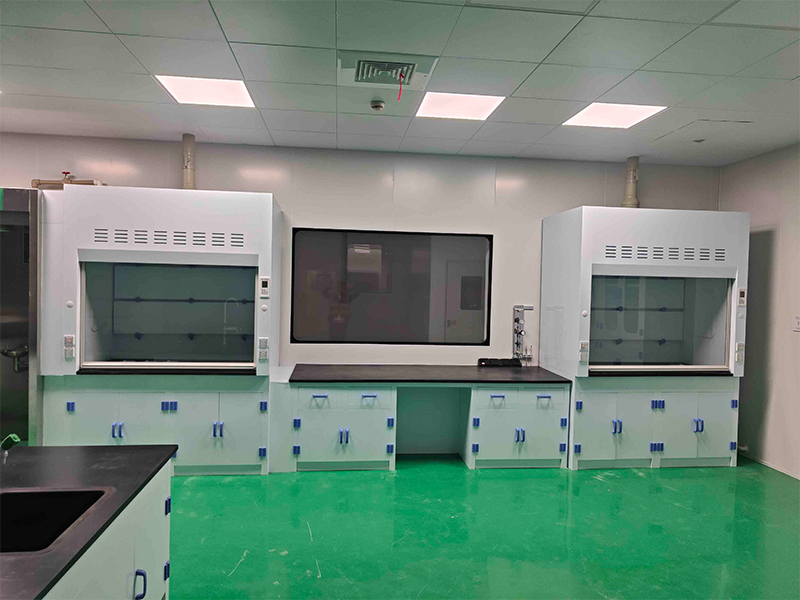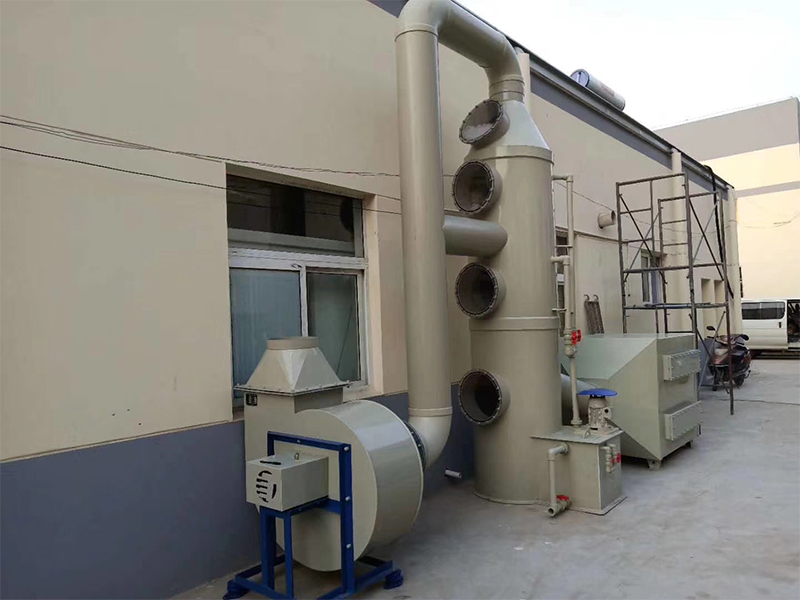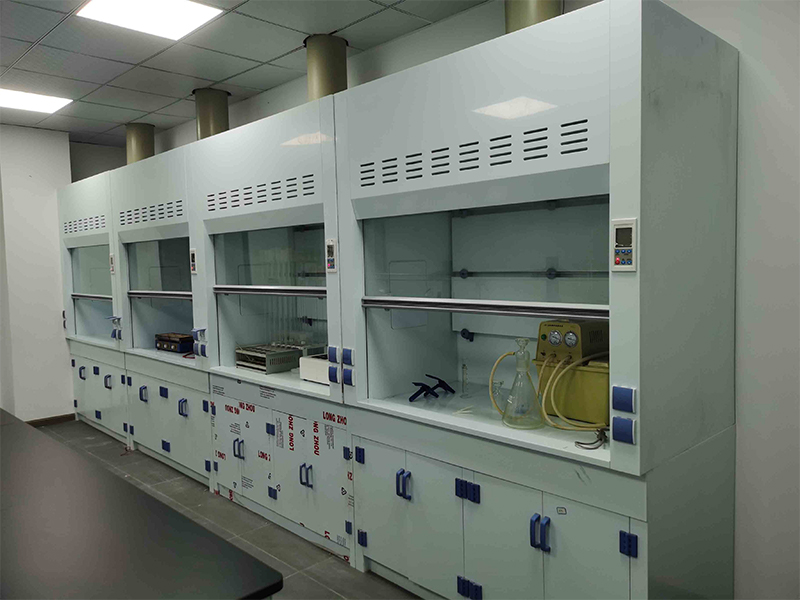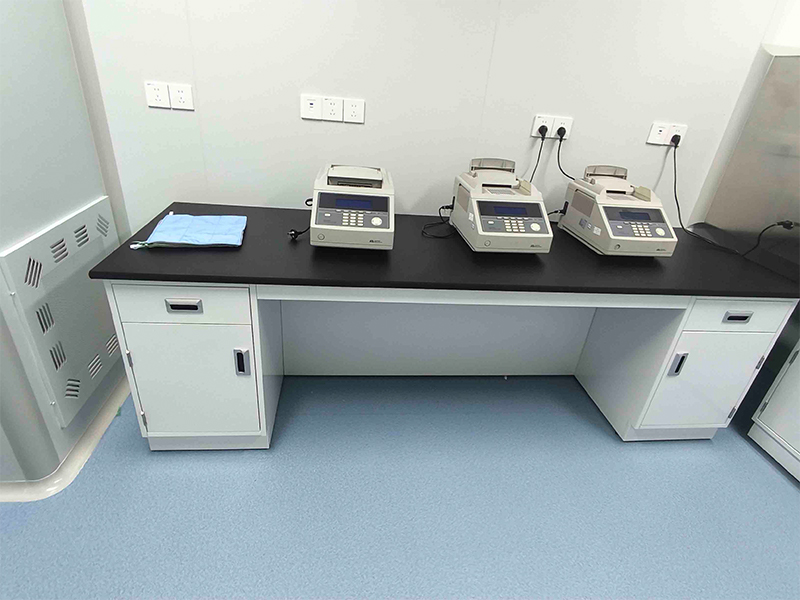Let’s be real—if you’re working with anything that smells like it could melt your eyebrows off, a fume hood is your best friend. But just having one isn’t enough. If the airflow inside isn’t dialed in, you might as well be waving a white flag to toxic fumes.
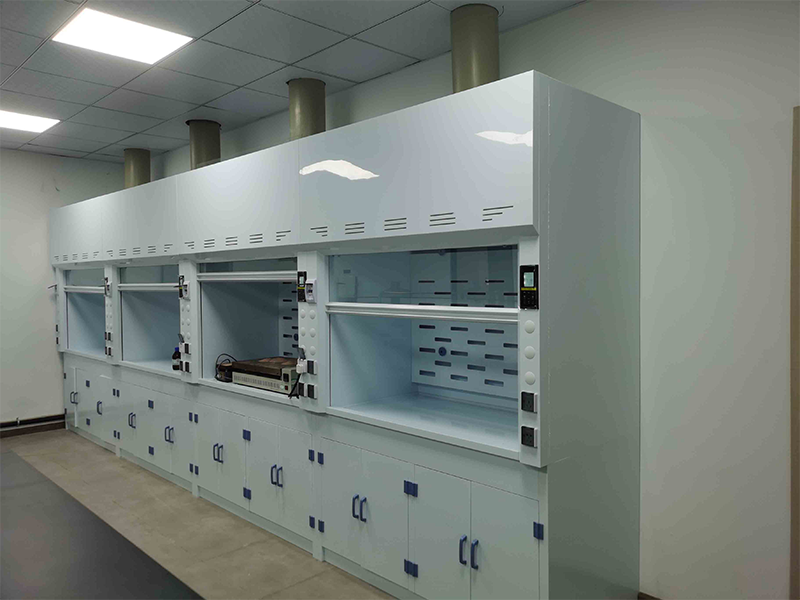
First things first, you gotta get the face velocity and exhaust just right. Too slow? Poison party. Too fast? You end up with wild air currents tossing fumes right where you don’t want them. Newer hoods are pretty slick—they come with those fancy adjustable fans and monitors so you can actually see if the air’s moving the way it should. You know, instead of just guessing and hoping for the best.
But here’s where people mess up: how you use the thing actually matters. Keep your hands and gear inside the “safe zone”—think Jurassic Park, don’t tempt fate. And that sash? Keep it at the recommended height. Don’t be lazy and leave it wide open. You’re not Batman, you don’t need dramatic entrances, you need clean air. Also, don’t block vents with equipment or random bottles. Airflow likes a clear path, not an obstacle course.
Maintenance isn’t glamorous, but holy heck, it’s important. Filters get nasty, fans drift off calibration, and suddenly your high-tech hood is just a box with a window. Check stuff, swap out filters, and make sure someone actually certifies the airflow now and then. Loads of labs have alarms and sensors these days, which is great—unless you’re the kind of person who ignores alarms. Pro tip: don’t do that.

And please, don’t just assume everyone knows what they’re doing. Training people matters. If folks don’t know why airflow matters or what to do when the hood sounds like it’s dying, you’re just asking for trouble. A little safety culture goes a long way—think of it as group insurance against dumb mistakes.
So yeah, keeping fume hood airflow optimized isn’t rocket science, but it does take a little effort. Tweak the tech, use some common sense, and actually take care of the equipment. Do that, and you’ll keep your lab safe, your lungs happy, and your experiments a whole lot less exciting (in a good way).

